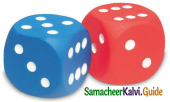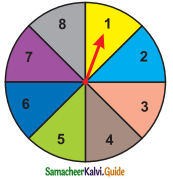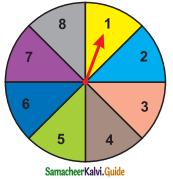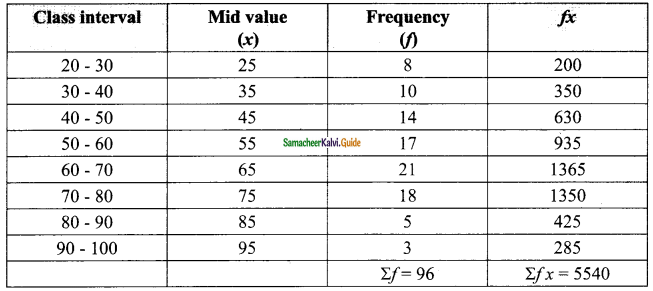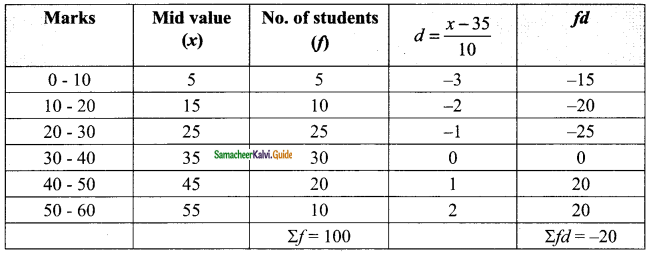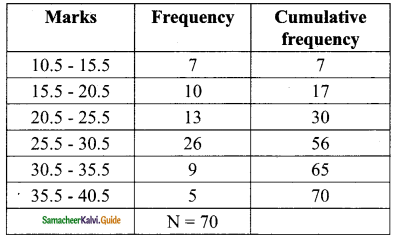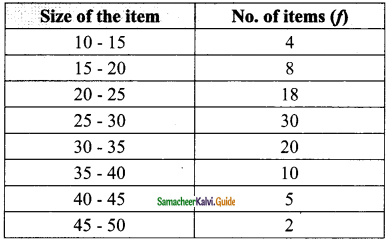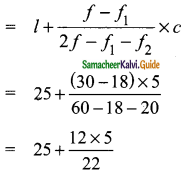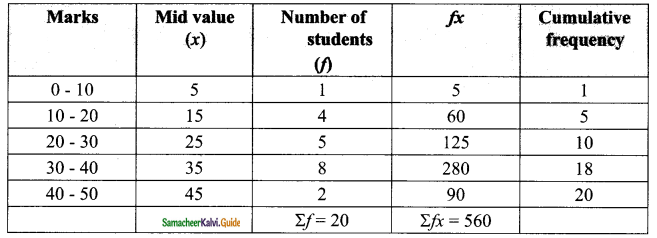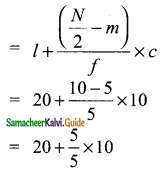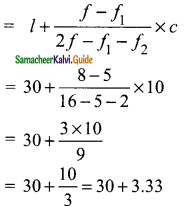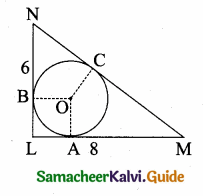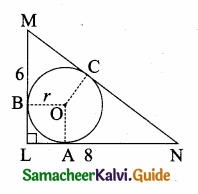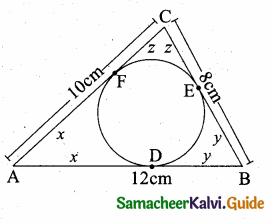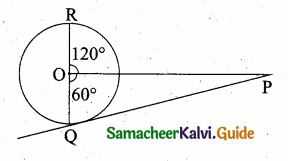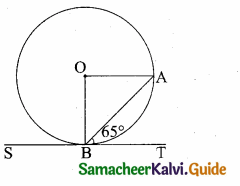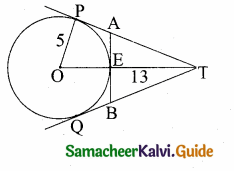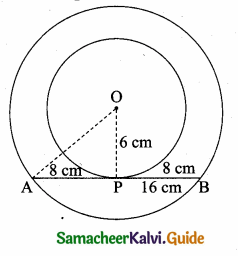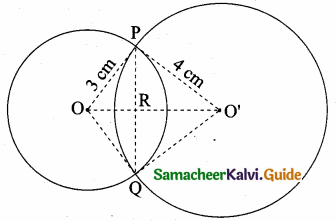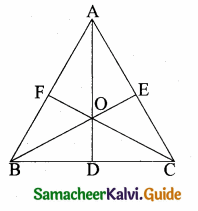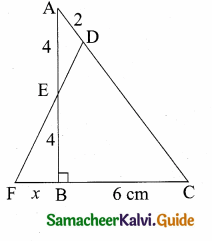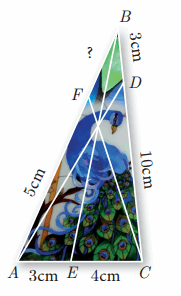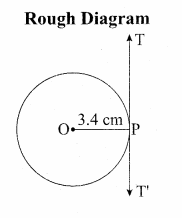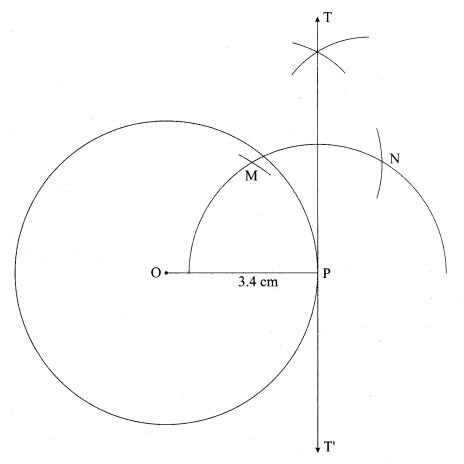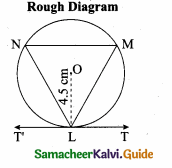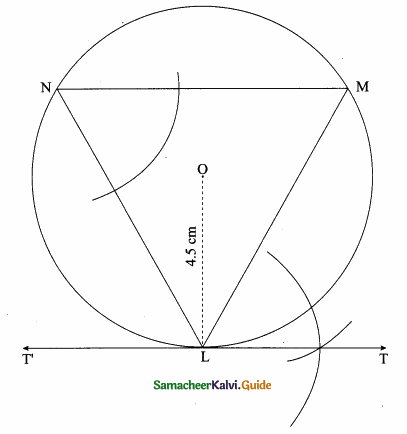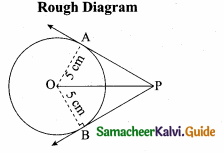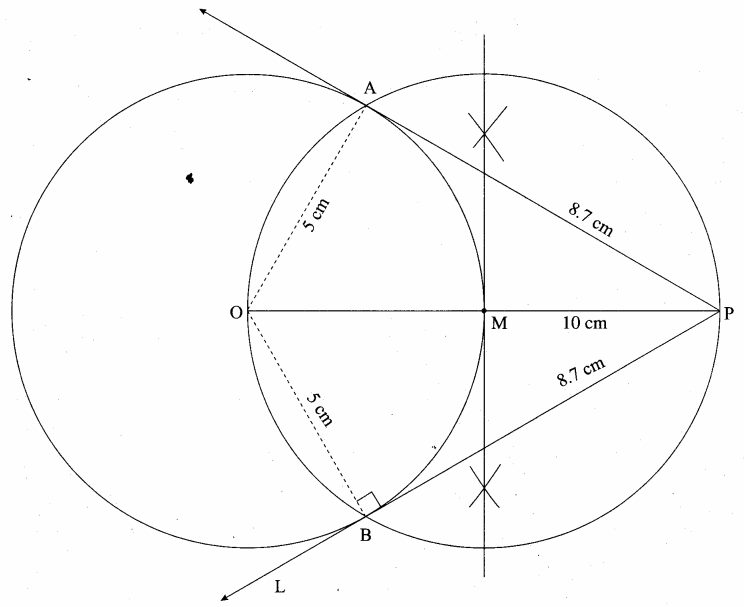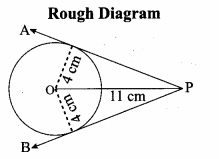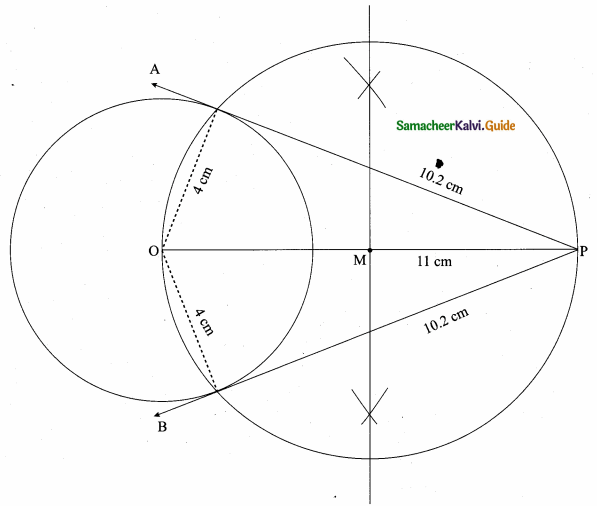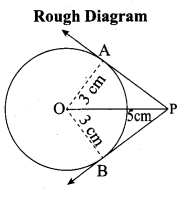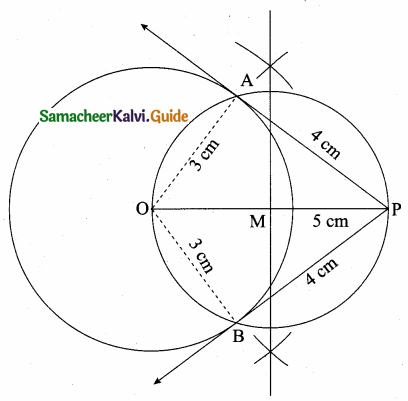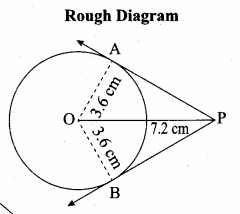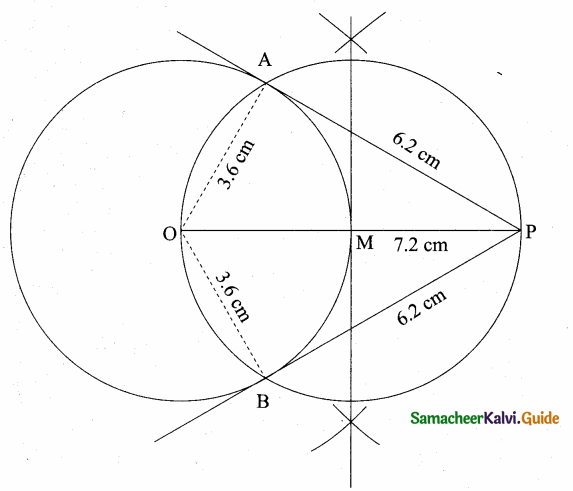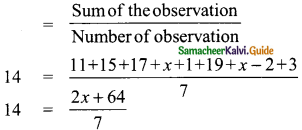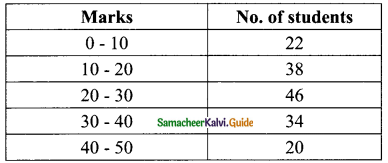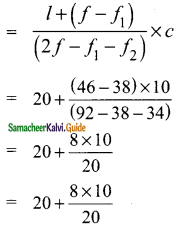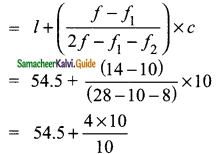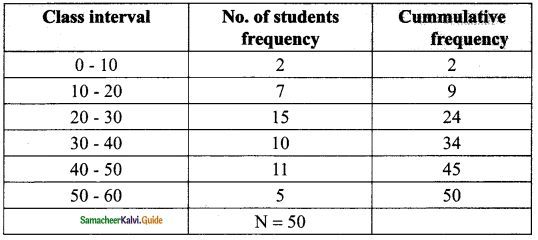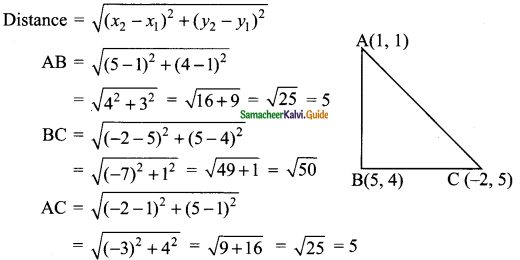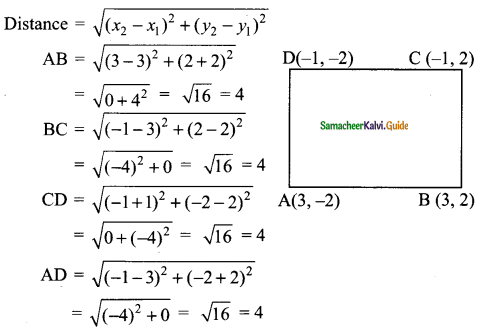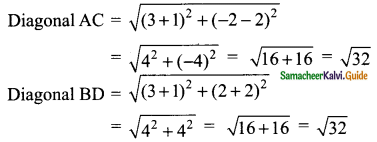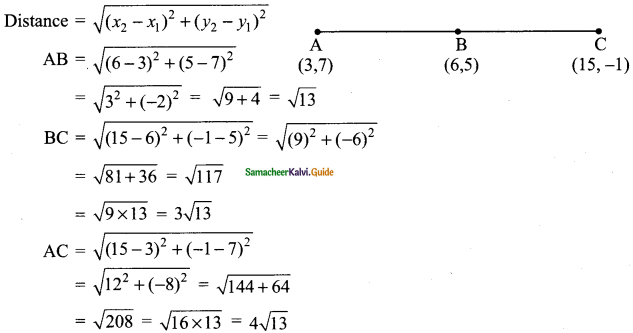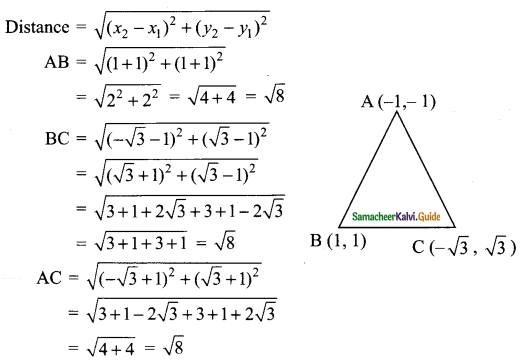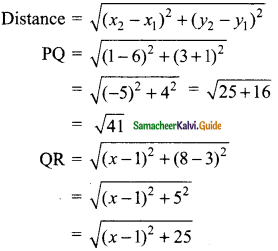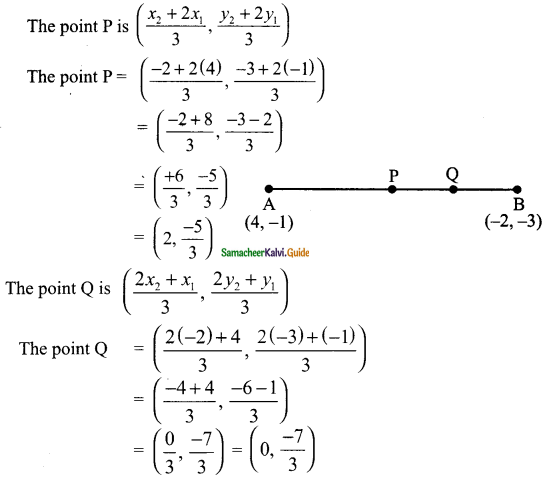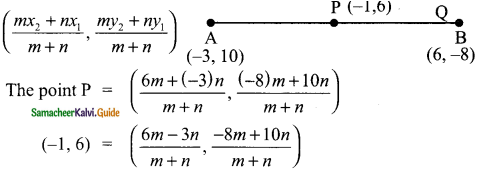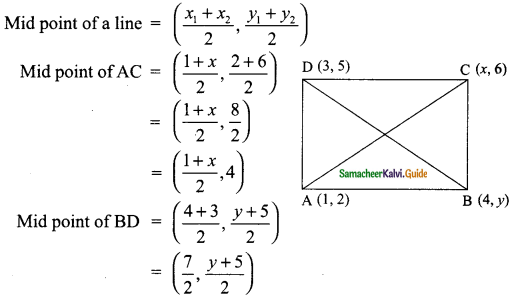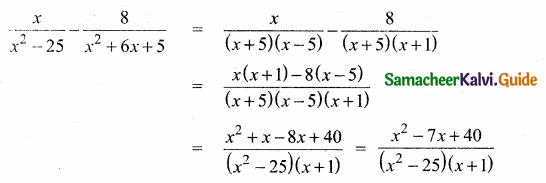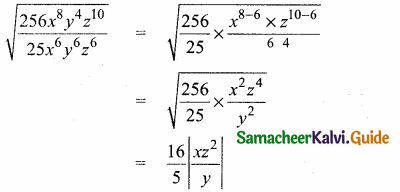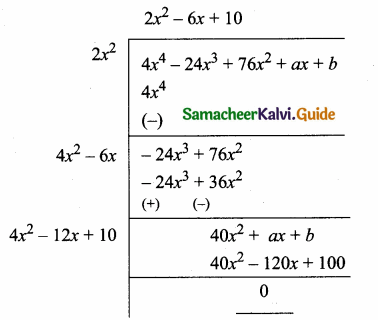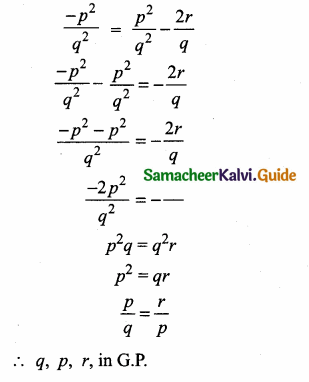Students can download Maths Chapter 9 Probability Ex 9.3 Questions and Answers, Notes, Samacheer Kalvi 9th Maths Guide Pdf helps you to revise the complete Tamilnadu State Board New Syllabus, helps students complete homework assignments and to score high marks in board exams.
Tamilnadu Samacheer Kalvi 9th Maths Solutions Chapter 9 Probability Ex 9.3
I. Multiple choice questions.
Question 1.
A number between 0 and 1 that is used to measure uncertainty is called ……….
(a) Random variable
(b) Trial
(c) Simple event
(d) Probability
Solution:
(d) Probability
![]()
Question 2.
Probability lies between ………
(a) -1 and +1
(b) 0 and 1
(c) 0 and n
(d) 0 and ∞
Solution:
(b) 0 and 1
Question 3.
The probability based on the concept of relative frequency theory is called ………
(a) Empirical probability
(b) Classical probability
(c) Both (a) and (b)
(d) Neither (a) nor (b)
Solution:
(a) Empirical probability
![]()
Question 4.
The probability of an event cannot be ……….
(a) Equal to zero
(b) Greater than zero
(c) Equal to one
(d) Less than zero
Solution:
(d) Less than zero
Question 5.
The probability of all possible outcomes of a random experiment is always equal to ……..
(a) One
(b) Zero
(c) Infinity
(d) Less than one
Solution:
(a) One
![]()
Question 6.
If A is any event in S and its complement is A’ then P(A’) is equal to ………
(a) 1
(b) 0
(c) 1 – A
(d) 1 – P(A)
Solution:
(d) 1 – P(A)
Question 7.
Which of the following cannot be taken as probability of an event?
(a) 0
(b) 0.5
(c) 1
(d) -1
Solution:
(d) -1
![]()
Question 8.
A particular result of an experiment is called ………
(a) Trial
(b) Simple event
(c) Compound event
(d) Outcome
Solution:
(d) Outcome
Question 9.
A collection of one or more outcomes of an experiment is called ……….
(a) Event
(b) Outcome
(c) Sample point
(d) None of the above
Solution:
(a) Event
![]()
Question 10.
The six faces of the dice are called equally likely if the dice is ………
(a) Small
(b) Fair
(c) Six-faced
(d) Round
Solution:
(b) Fair

